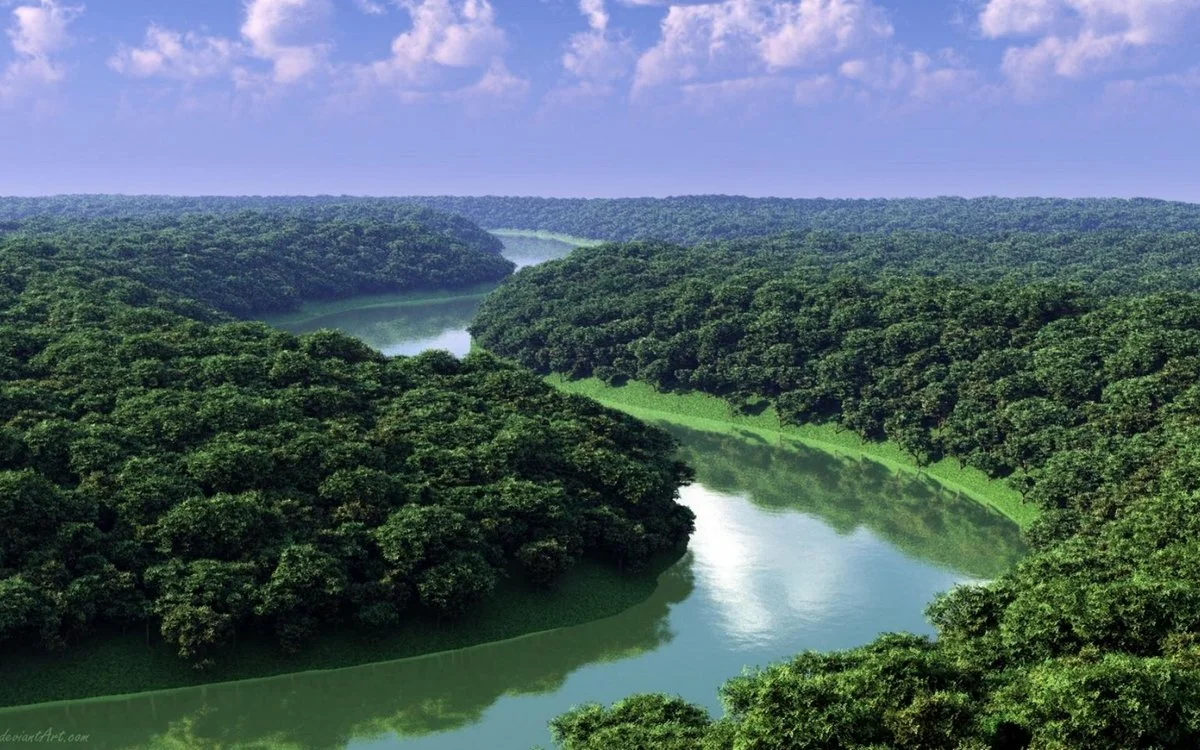
Much of the Amazon rainforest is at risk of crossing a tipping point where it could become a savanna-type ecosystem, according to new research. The study, based on computer models and data analysis, was published in the journal Nature Communications.
Researchers from the Stockholm Resilience Centre (Sweden) and Utrecht University (Netherlands) conducted the study using computer modeling and data analysis, and drew some disappointing conclusions: greenhouse gas emissions are affecting the Amazon rain forest so much that they could fundamentally alter its ecosystem.
"Approximately 40 percent of the Amazon is currently at levels where our data suggests the forest could exist in either form, as a rainforest or savanna," says lead author Ari Staal.
Tropical forests are very sensitive to changes in long-term rainfall. If precipitation falls below a certain threshold, areas can go into a savannah state. This trend is expected to worsen as the region warms due to increased greenhouse gas emissions.
The authors of the study note that tropical forests are capable of creating rain themselves: water evaporates from the leaves of trees and falls as rain elsewhere. That is, the jungle itself helps reduce fires. But if the jungle shrinks, it rains less, leading to more fires and loss of forests: a vicious circle. And it's very difficult to reverse the situation. The trend has been going on for years, but no one expected the tipping point to come so soon.
The study only examined the effects of climate change on tropical forests, not taking into account the effects of tropical deforestation caused by expanded agriculture and logging. However, deforestation and fires are also affecting the region's overall situation and ecosystem. For example, according to the space research agency INPE, more than 32,000 plots were burned during September of this year, 60 percent more than during the same month last year.
Note that the Amazon rain forest, which covers nine countries, is the world's largest rain forest. It contains up to half of the Earth's biodiversity: about 40 thousand plant species, three thousand fish species, two thousand bird species, more than one thousand species of mammals, amphibians and reptiles and nearly 130 thousand invertebrate species, but if the situation does not change for the better, even with the possible rehabilitation of the rain forest, which will take decades, during which time many animals and plants will disappear forever.
Source: https://www.sciencedaily.com/releases/2020/10/201005080859.htm






































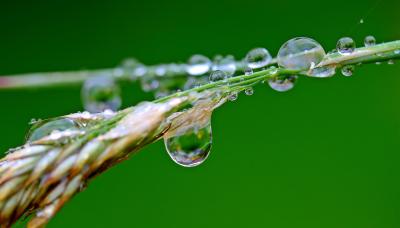
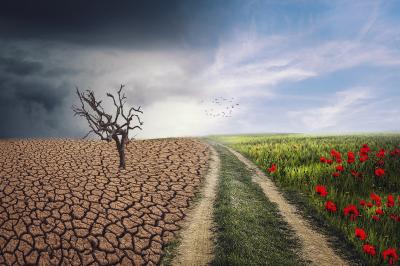
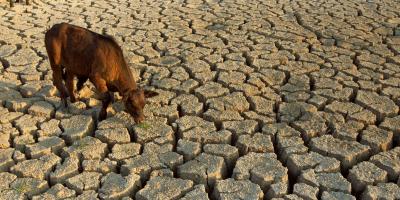
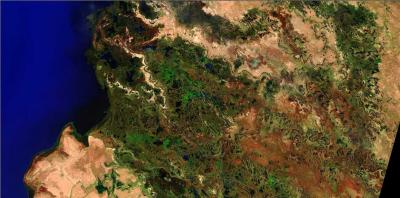


Обсуждение